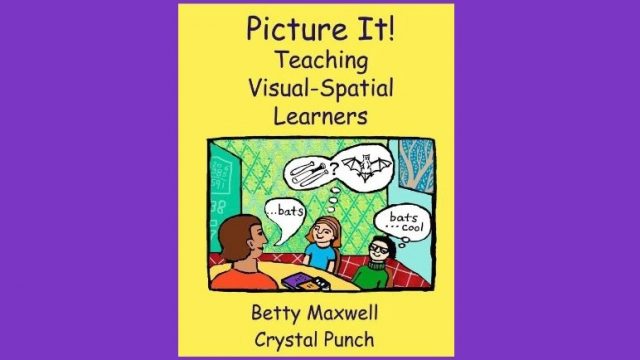Why the dyslexic brain is misunderstood
This informative video offers a comprehensive exploration of dyslexic brains, shedding light on their unique characteristics. It highlights research findings about cognitive strengths like visuo-spatial processing, narrative memory, problem-solving, and reasoning. The video underscores the fact that reading is not an innate brain function, but depends on the development of efficient neural pathways to connect the areas responsible for vision, sound, and meaning. Ultimately, it emphasizes the importance of comprehending these strengths, promoting neurodiversity, and empowering dyslexic individuals, as well as educating colleagues, peers, and educators about these matters.
Research References Cited in Video
- Attree, E. A., Turner, M. J., & Cowell, N. (2009). A virtual reality test identifies the visuospatial strengths of adolescents with dyslexia. Cyberpsychology & behavior : the impact of the Internet, multimedia and virtual reality on behavior and society, 12(2), 163–168.
- Everatt, J., Steffert, B. and Smythe, I. (1999), An eye for the unusual: creative thinking in dyslexics. Dyslexia, 5: 28-46.
- Geiger, G., Cattaneo, C., Galli, R., Pozzoli, U., Lorusso, M. L., Facoetti, A., & Molteni, M. (2008). Wide and Diffuse Perceptual Modes Characterize Dyslexics in Vision and Audition. Perception, 37(11), 1745–1764.
- Schneps, M. H., Brockmole, J. R., Sonnert, G., & Pomplun, M. (2012). History of reading struggles linked to enhanced learning in low spatial frequency scenes. PloS one, 7(4), e35724.
- Taylor H and Vestergaard MD (2022) Developmental Dyslexia: Disorder or Specialization in Exploration? Front. Psychol. 13:889245.
- von Károlyi C. (2001). Visual-spatial strength in dyslexia: rapid discrimination of impossible figures. Journal of learning disabilities, 34(4), 380–391. https://doi.org/10.1177/002221940103400413
- von Károlyi, C., Winner, E., Gray, W., & Sherman, G. F. (2003). Dyslexia linked to talent: global visual-spatial ability. Brain and language, 85(3), 427–431. https://doi.org/10.1016/s0093-934x(03)00052-x









